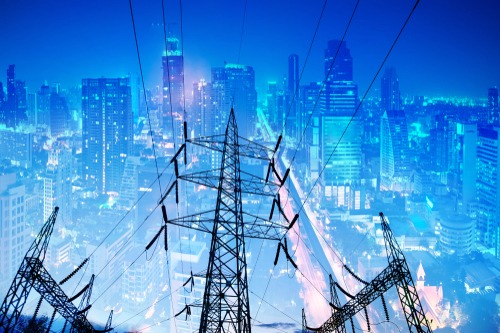Warmer weather, energy efficiency cause flattening of per capita residential electricity use in U.S.

Although some states bucked the prevailing trend, the U.S. Energy Information Administration (EIA) reports that last year retail sales of electricity to the residential sector were almost flat on a per-person scale, with only 1 percent more kilowatt hours per person used than in 2019.
Primarily, this stems from two causes: warmer weather and energy efficiency improvements. The warmer temperatures of 2020 may have caused more electricity consumption for those stuck amidst pandemic lockdowns during the summer, but a significantly warmer winter more than counterbalanced it, with reduced home electricity consumption for space heating throughout the season. Energy efficiency improvements have, meanwhile, been cutting electricity use for more than a decade.
In all, 2020 brought an average of 4,437 kWh residential electricity use per person. While that was still an increase compared to 2019, it is a tumble from the years of electricity use seen between 1960 and 2010, where per capita use averaged a 3 percent increase per year. Residential electricity use has, in contrast, fallen 5 percent since 2010.
There has been some variance, often driven by weather, which can affect the use of air conditioners, heating equipment, fans, and more. About 39 percent of U.S. homes use electricity as their primary heating source, according to the U.S. Census Bureau. In 2020, per capita use decreased in many states where electricity is widely used for home heating, including the District of Columbia, Arkansas, North Dakota, Indiana, North Carolina, South Dakota, and Missouri. D.C. and Arkansas fell by 4 percent compared to 2019, while the other mentioned fell 3 percent each.
However, the opposite trend could be seen in the West, where states such as Arizona, Nevada, Alaska, and California all saw major increased usages, in large part due to one of the warmest summers on record. Arizona’s usage saw a 10 percent jump, while Nevada, Alaska, and California saw a 9 percent leap.
Figures varied widely across the country. Nearly all the states with the highest residential electricity sales per capita remain in the South, aside from North Dakota, thanks to having the coldest average annual temperature in the continental United States.
